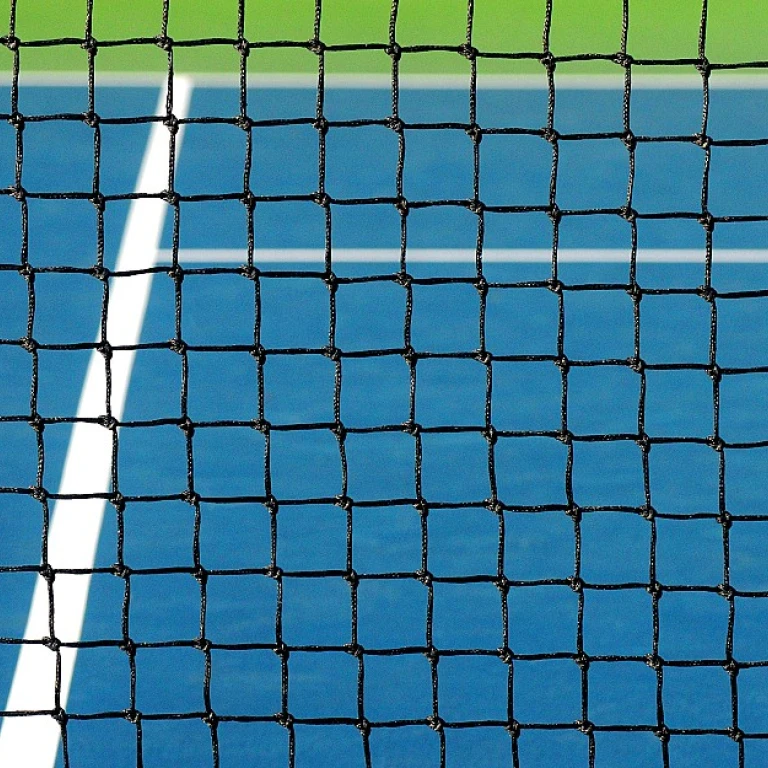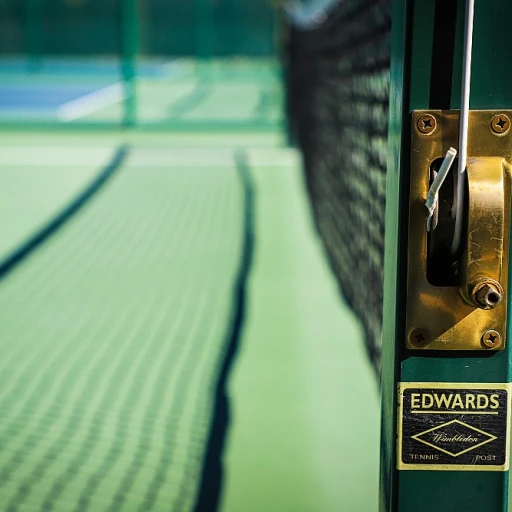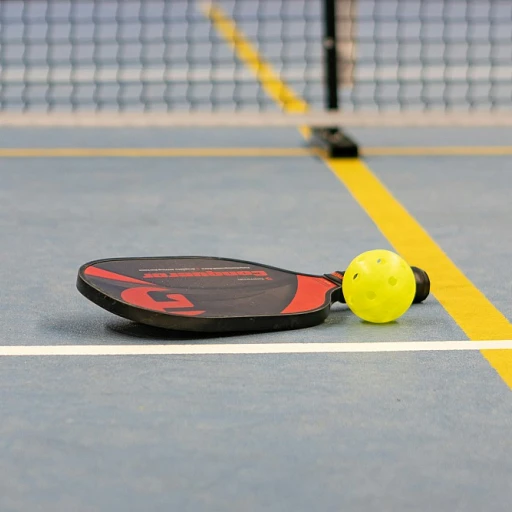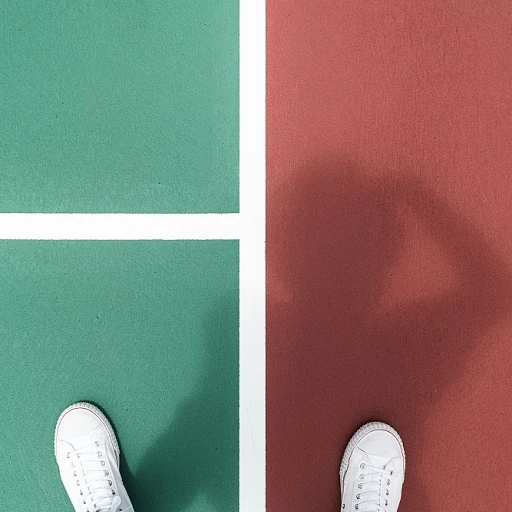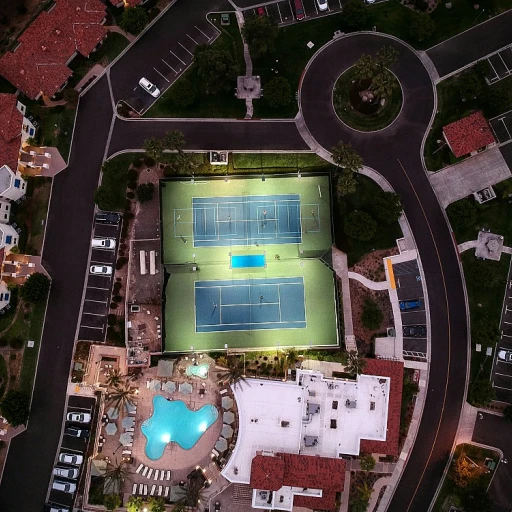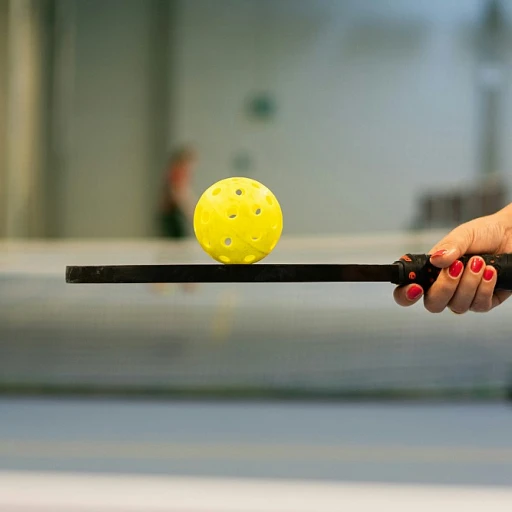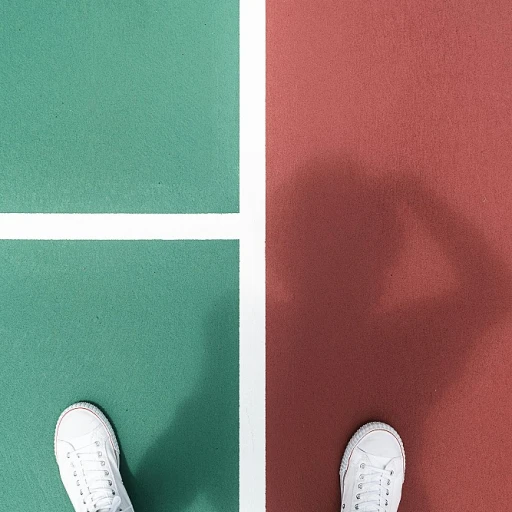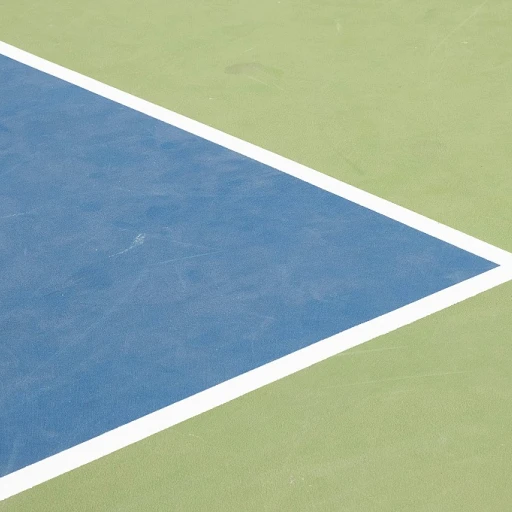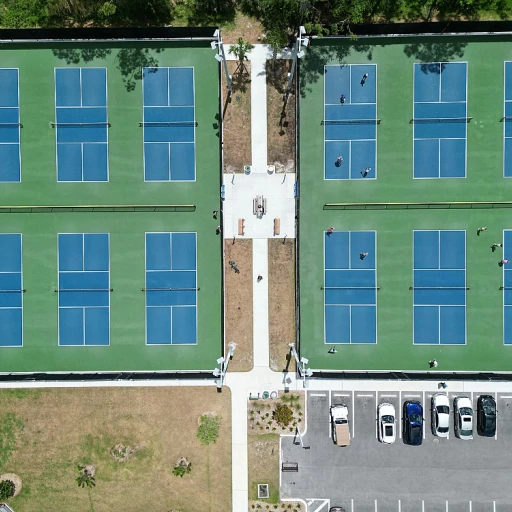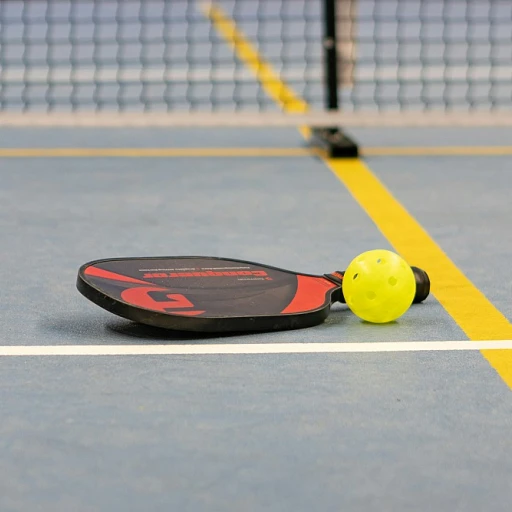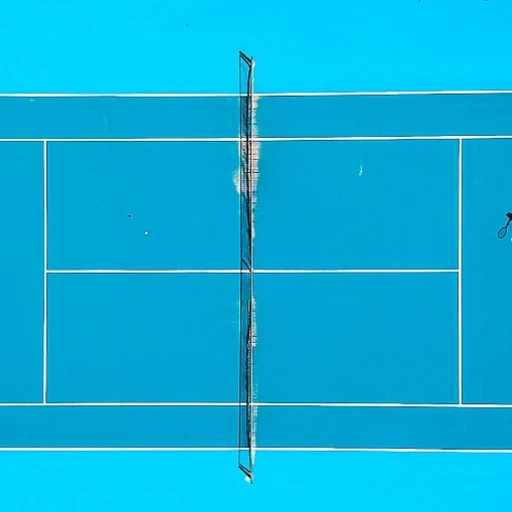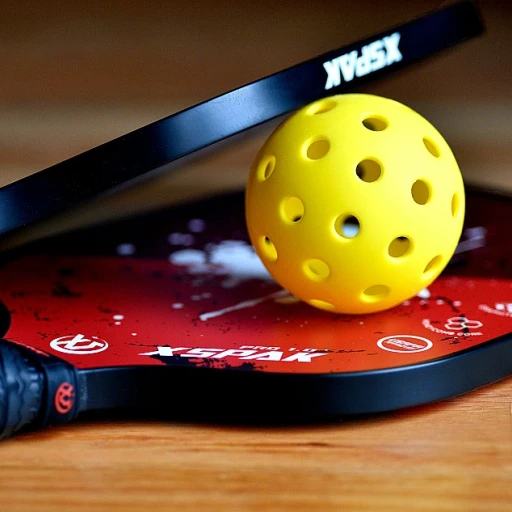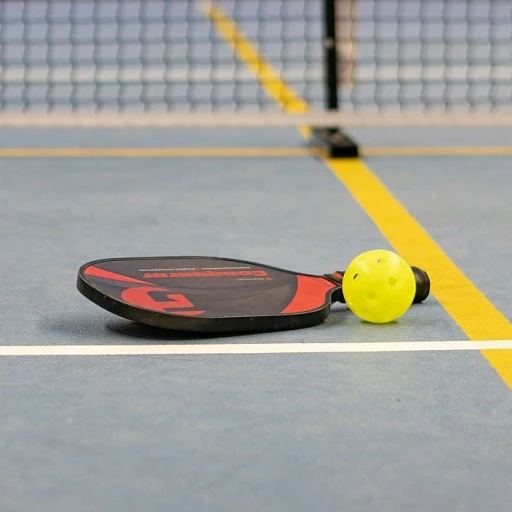
The Basics of Pickleball Paddle Thickness
The Essence of Pickleball Paddle Thickness
Understanding the thickness of pickleball paddles is crucial for players aiming to optimize their game. The paddle thickness is an essential aspect that significantly impacts how players handle power and control during play. Whether you're a pro or a casual player, grasping these nuances can drastically change your experience on the court.
Paddle thickness directly relates to the core material used, ranging from thick core paddles to thinner ones. This thickness influences the paddle's core, which in turn affects features like weight, grip size, and even the sweet spot where the ball makes contact for optimal shots.
Choosing the right paddle requires considering your playing style. Do you prioritize power air for aggressive shots, or do you seek more control with a thicker core? Players also should consider the popular options in the market, like the Selkirk Vanguard, which offers different thickness levels to suit varied playing styles.
Pickleball paddle selections largely depend on what each player feels comfortable with in terms of power control and the paddle’s ability to make spin shots, affecting the overall performance. Interested in exploring these options? Check out this guide to humorous pickleball paddles for a unique viewpoint on the diverse styles available.
How Thickness Affects Performance
The Influence of Paddle Thickness on Your Game
Understanding how thickness affects your performance is crucial in choosing the right pickleball paddle. The thickness of a paddle can greatly influence both power and control, two vital components of any player's game. Paddles with a thicker core tend to offer more control, making them a popular choice among players who prioritize precision over sheer power. On the other hand, thinner paddles are often favored by those who desire more power in their shots. A thinner core paddle can help generate more speed, which is beneficial for players aiming to deliver fast, aggressive gameplay. For players seeking a balance, selecting a paddle with intermediate thickness can provide a combination of both power and control. This is where the choice of core material plays a significant role. Core paddles, especially those made from materials like carbon fiber, allow players to experience power control in new ways. These paddles come with a sweet spot, which is the area of the paddle's face that provides the best response in terms of power and feel when it makes contact with pickleballs. The sweet spot can be optimized for players depending on the core thickness. Additionally, the weight and grip size of the paddle are factors that work in tandem with thickness to impact performance. A paddle that is too heavy or with an unsuitable grip can negatively affect a player's control over their shots. As you explore the various paddle options, you might consider the selkirk vanguard or air invikta models, known for their balanced approach in blending power and precision. They offer a unique paddle core designed for modern players, enhancing both spin and control. Choosing the right pickleball paddle for badminton players can further guide you in making an informed decision about which thickness suits your playing style the best. By understanding these dynamics, you can elevate your game and play more effectively.Choosing the Right Thickness for Your Style
Finding the Perfect Thickness for Your Game
Selecting the right pickleball paddle thickness can significantly enhance your play, adding precision or power depending on your style. When deciding on a paddle, you'll want to consider how thickness impacts both your strokes and overall performance.- Thickness and Power: Thicker paddles often provide more mass behind your shots, and in tandem with a substantial core, this can boost power. Whether driving the ball forcefully across the court or executing a powerful air shot, players seeking to amplify their offensive play may opt for paddles with a thicker core.
- Thickness and Control: Interestingly, thicker paddles can also enhance control - particularly true for players looking to excel in soft, controlled plays over power hits. This is especially beneficial for those utilizing a strategy emphasizing precision and placement over brute strength.
- Consider the Core Material: Materials such as carbon fiber and advanced core compositions like those found in the Selkirk Vanguard range, play a significant role when matched with thickness. They not only affect your paddle’s response but also your ability to impart spin and control the ball.
- Balance and Weight: Heavier and thicker paddles might reduce agility but, as always, your personal preference and playing style will dictate what combination works best. Evaluating the sweet spot, grip size, and balancing the paddle’s weight is crucial—particularly for advanced power control.
Comparing Popular Paddle Thickness Options
Exploring Thickness Options in Popular Paddles
With an understanding of the basics and the way thickness affects your play, it's essential to explore some popular paddle options. A well-chosen paddle thickness can significantly enhance your power and control on the court. Let's delve into some options appreciated by both amateur and pro players.
- Thin-core paddles: These paddles are favored by players seeking greater power and speed in their shots. With a thinner core, the paddle tends to have a smaller sweet spot but provides a quicker response. This option suits those looking for aggressive play and skilled shots that leave opponents scrambling.
- Thick-core paddles: On the flip side, paddles with a thicker core offer enhanced control and a larger sweet spot, making it easier to connect with the ball. This is an optimal choice for players who prioritize precision and consistency over pure power. The thicker core helps in absorbing the impact, translating to better ball control and fewer mishits.
- Carbon fiber paddles: For those desiring a blend of power and control, carbon fiber paddles could be an excellent match. The material provides a strong yet lightweight paddle, giving it a unique ability to balance spin and power control effectively. Paddles like the Selkirk Vanguard Power Air series are renowned for delivering exceptional power and control.
The core material and thickness are critical considerations when selecting your ideal paddle. Remember that your choice should align with your playing style to improve your game effectively. Whether you prefer the thicker core for control or the thinner core for power shots, the right paddle and thickness will bolster your pickleball strategies significantly.
Impact on Spin and Ball Control
Influence of Paddle Thickness on Spin and Ball Handling
Understanding how paddle thickness affects spin and ball control is crucial for players looking to optimize their performance on the court. A paddle's thickness directly impacts its weight and the sweet spot, which are pivotal elements in achieving the desired power control in your game.- Thick Core Advantages: Paddles with a thicker core often excel in control-centric styles of play. They provide a larger sweet spot, which means even off-center shots maintain power and precision. This consistency is essential for defensive strokes and when managing tricky spinning shots from an opponent.
- Spin Generation: Thicker paddles usually offer a textured surface, like those seen in carbon fiber designs, allowing players to generate significant spin on the ball. This can be a game-changer when looking to enhance spin control for drop shots or when executing cut shots that skim just over the net.
- Thinner Core Impact: On the flip side, paddles with a thinner core, including those inspired by models such as the Selkirk Vanguard series, can offer better flexibility. This thinner design is often preferred by players who prioritize precision and wish to execute a variety of spin-heavy shots with dynamic rhythms.
- Core Materials and Grip Considerations: The material of the core also plays into spin capabilities. Core paddles with a thicker build, using advanced core materials, can enhance the grip the paddle has on the ball. This can be instrumental in applying spin efficiently and consistently throughout play.
Caring for Your Paddle
Maintaining Your Pickleball Paddle: Tips for Long-lasting Performance
Proper care of your pickleball paddle is essential to ensure its longevity and consistent performance on the court. Just as you would care for your shoes or any other sporting equipment, maintaining the paddle ensures you make the most of its construction and design features, including thickness.- Gentle Storage: Store your paddles pickleball in a cool, dry place. Avoid exposing them to direct sunlight or extreme temperature changes, which can affect the core material and grip.
- Regular Cleaning: After play, gently clean any dirt or sweat from the paddle. Use a damp cloth to wipe the paddle, particularly important for those with a carbon fiber or thick core. This prevents build-up that could affect your power control.
- Grip Care: The grip size and comfort can significantly affect your control over shots. Replace grips as needed based on wear. A well-maintained grip complements the paddle's design, improving comfort and sweet spot control.
- Check for Damage: Regularly inspect your paddle's edge guards and surfaces for any cracks or damages. If a paddle shows significant wear, it might be worth exploring options like the specialized selkirk vanguard paddles or the latest core paddles with thicker cores.
- Adjusting to Core Changes: Over time, even the best pickleball paddles may experience minor changes in core thickness or feel due to repeated impact with pickleballs. Adapting to these changes is key; recalibrate your play style accordingly.

